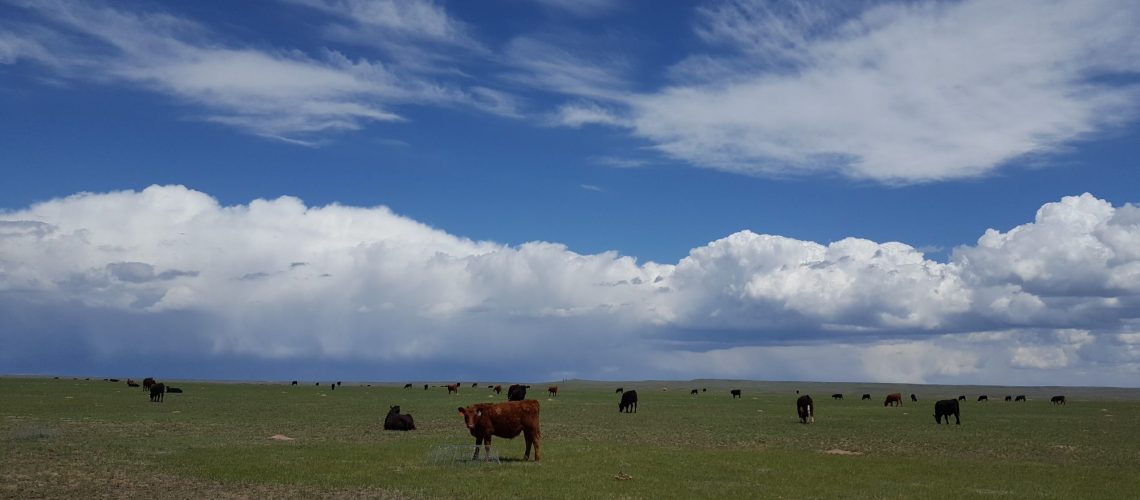Guest Post By Kristin Davis, 2020-2021 Sustainability Leadership Fellow and Ph.D. Student in the Department of Fish, Wildlife, and Conservation Biology and the Graduate Degree Program in Ecology
Have you ever tried an Impossible or Beyond Burger? Both are recent attempts to create a “meat-like” but vegetarian alternative to beef hamburgers. And while there are many reasons people choose not to eat meat – from personal to ethical to medical and beyond – one I have heard a lot is that we as individuals might mitigate climate change by removing meat from our diets. There are compelling facts behind this idea, particularly related to beef: the United Nations Food and Agriculture Organization estimates that beef production produces approximately 40% of the livestock sector’s greenhouse gas emissions (which come in globally at around 14%)1. And both beef production and growing soy to support it have caused severe deforestation in biodiversity-rich areas like the Amazon2. These examples and others call into question the sustainability of eating beef. Yet, right here in North America we have an often-overlooked ecological example that challenges the idea that beef production is only ever harmful to the environment. And perhaps a better understanding of this ecosystem might help set a model for a sustainable future which includes beef production.
Did you know there is an entire ecosystem in North America that evolved with large, native grazing animals? Commonly known as the Great Plains, this complex of native grasslands once covered almost half the landmass of the continental United States3. Before Europeans colonized North America, American bison used to graze nomadically on the Great Plains, preferentially foraging on high-quality vegetation regrowth in areas that had been recently burned by wildfires or intentional burns set by indigenous Americans. Unburned areas, which received less grazing pressure and where vegetation growth was more influenced by rainfall, contained more abundant fuel and would be more likely to burn in subsequent fires. This interaction of fire and grazing created a ‘shifting mosaic’ of vegetation patches of different plant species, heights, and/or densities across the landscape4. Numerous plants and animals evolved within this unique, complex and dynamic system, including the antelope (i.e. pronghorn) that John Denver sang about in his well-known version of the song “Home on the Range”.
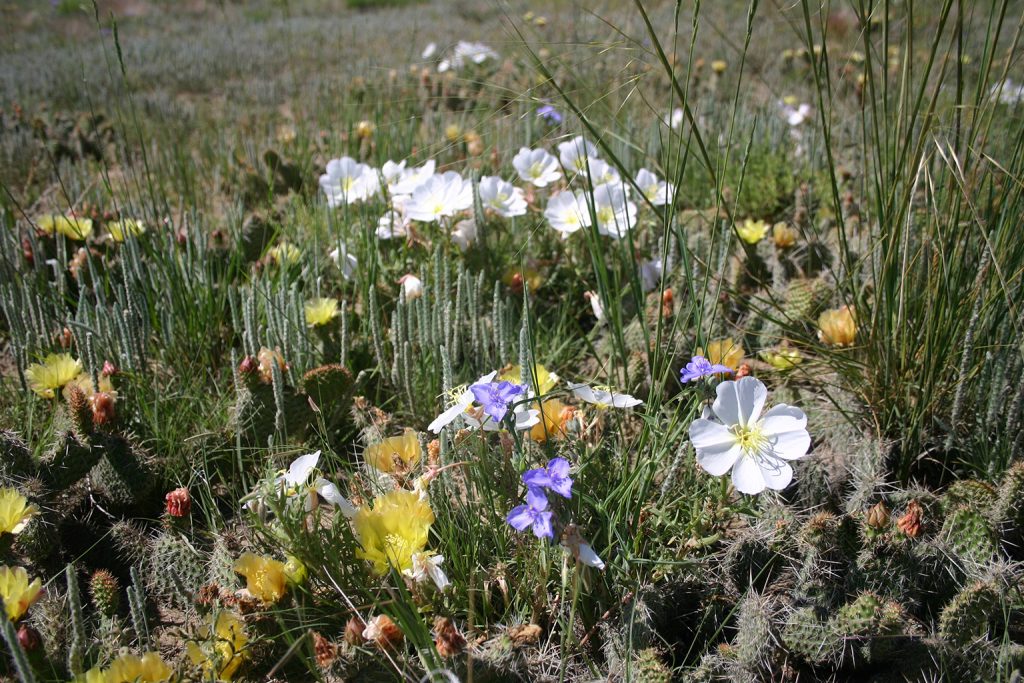
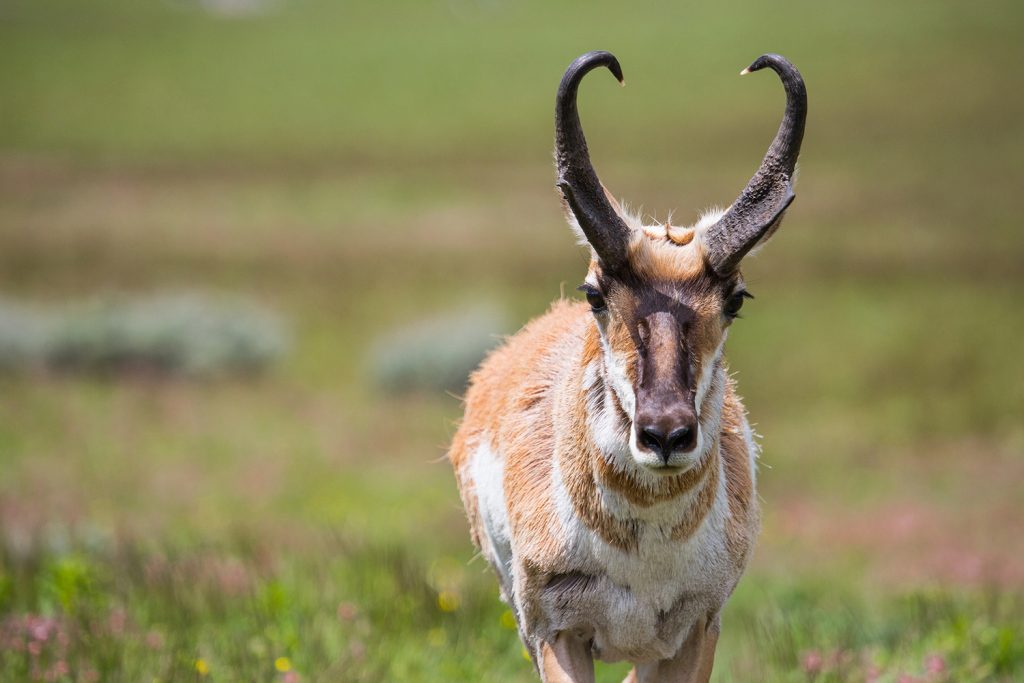
Today, Great Plains grasslands as a whole comprise less than 20% of their pre-European-colonization distribution, and in some regions less than 0.1%5. This loss occurred due to steady and extensive conversion of grassland to crop agriculture following the westward expansion of European colonizers in the mid-1800s. In addition, our remaining native North American grasslands are quite altered from how they existed before European colonization: the frequency and intensity of fire in grasslands is significantly altered, cattle grazing largely has replaced bison grazing, and now grasslands often are managed solely for livestock production. The conversion of and altered dynamics within remaining grasslands have caused substantial declines in populations of native species that depend on grasslands, such as grassland birds6. So, herein lies the heart of an often-overlooked nuance regarding the environmental impacts of beef in North America – 1) North American grasslands are considered the one of most endangered ecosystems on the continent5 precisely because so much native grassland has been converted to row crop agriculture, and 2) grasslands evolved with large grazers, and thus are reliant upon grazing disturbance to maintain ecological integrity. This tension begs the question: what if cattle could be managed to support, rather than undermine, sustainability?
Land managers and conservation organizations in North America are beginning to investigate this question, and are finding ways in which cattle grazing can benefit the environment. My Masters research, for example, found that moving grazing cattle around the landscape can generate extremes of vegetation height and density (e.g., both short and tall vegetation) that can support more specialized grassland bird species in northeastern Colorado7 (see cattle and longspur pictures below). And the National Audubon Society, a non-profit conservation organization, has a conservation ranching program in which beef producers that use approved grazing practices to support healthy grasslands can have their beef certified “bird-friendly” and sell it for a premium. In this way, “consumers can contribute to grassland conservation efforts by selectively purchasing beef from Audubon-certified farms and ranches.”8 In addition, research into “patch-burn” grazing, a management approach that attempts to mimic the historic interaction between fire and grazing described above, suggests that it can simultaneously benefit ecosystem processes (like carbon storage), native biodiversity, and livestock production in fire-prone ecosystems like eastern North American grasslands9. As an aspiring conservation biologist, I am struck by how using cattle to manage grasslands that evolved with grazing could produce unique opportunities for “win-win” scenarios, where both peoples’ livelihoods and native biodiversity can be supported.
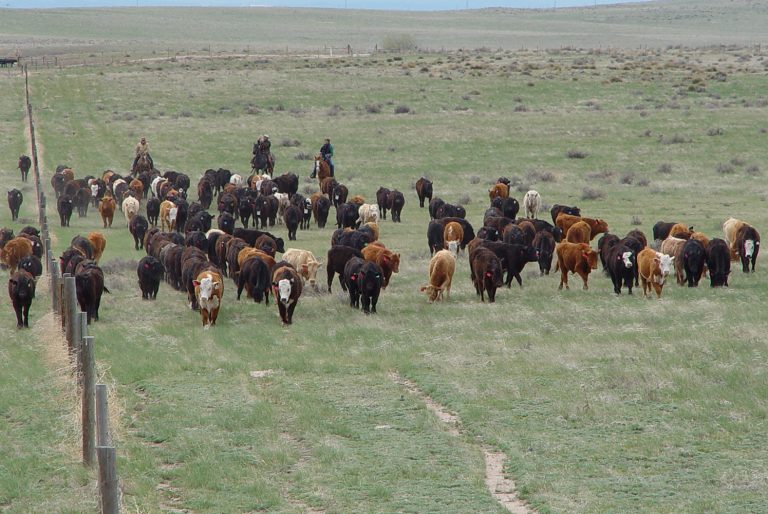
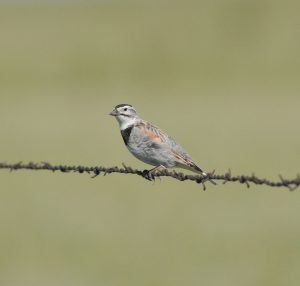
It is undeniable that the debate around the sustainability of meat-eating is exceptionally complex. There are clear issues with the way meat is produced to accommodate global demand, even beyond negative environmental impacts: poor working conditions in meat-processing plants around the world, for example, have caused significant COVID-19 outbreaks and deaths10. It remains unclear whether selling sustainably raised beef at a premium is economically viable in the long-term, plus this strategy limits its accessibility for those with less wealth. The use of grazing as a management tool also is not appropriate for every ecosystem; even within ecosystems that have evolved with grazing, too much grazing can be highly destructive (e.g. overgrazing that contributed to the Dust Bowl in the United States in the 1930s).
However, when I hear suggestions that grazing animals should be completely removed from landscapes, or that converting all grazing lands to cropland is an answer to address food sustainability issues, I can’t help but pause. Where will the grassland birds go? Or the pronghorn, bison, or prairie dogs? Our planet already is experiencing a dire biodiversity crisis11, and grassland flora and fauna need a home too. Keeping our native grassland flora and fauna from extinction requires, to some degree, keeping grazers on grasslands and exploring further the opportunity to use sustainable grazing management to support people and the environment.
